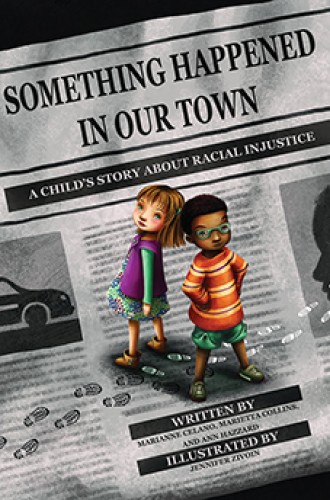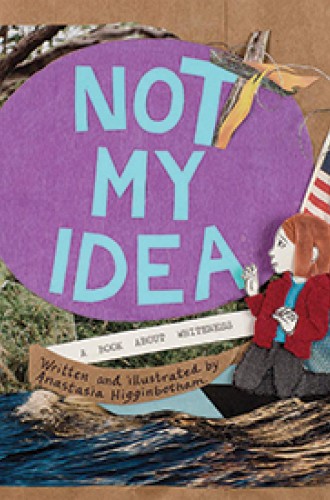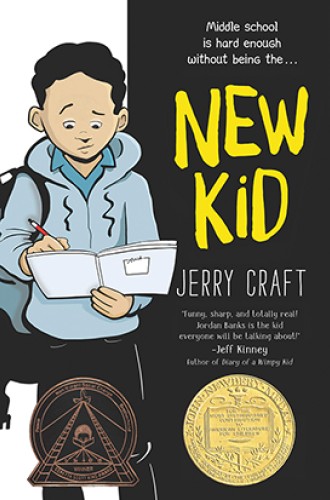Talking to white kids about what whiteness means
Three children’s books to help start the conversation
I’m the mother of a white ten-year-old daughter and a white six-year-old son, and somehow, in the last ten years, I have neglected mentioning to them that black people are dying at the hands of white police officers. I haven’t been an entirely bad liberal parent. I’ve done what I’d call “racism education lite.” My husband and I have talked at the dinner table about slavery and discrimination. Our kids’ enrollment in an elementary Compañeros program (with classes taught half in Spanish and half in English) has offered cultural and linguistic diversity in our predominantly white town. And last year, when local ICE raids were imminent, we talked about why some people didn’t feel safe walking around our town.
Still: I didn’t tell my kids about Tamir Rice or Philando Castile or Freddie Gray or Jamar Clark or Michael Brown. After all, did they need to know everything? Shouldn’t I wait for them to bring their questions to me when they were ready? And how were they going to understand huge, complicated systems of injustice anyway?
Then, seven months before George Floyd was killed, my son and daughter were pulled over by a cop on their way to school. They were on their bikes, and the officer gave them a coupon for ice cream because they’d remembered to wear their helmets. Starstruck by the encounter, my son now tells us, again and again, that he wants to be a police officer when he grows up.







